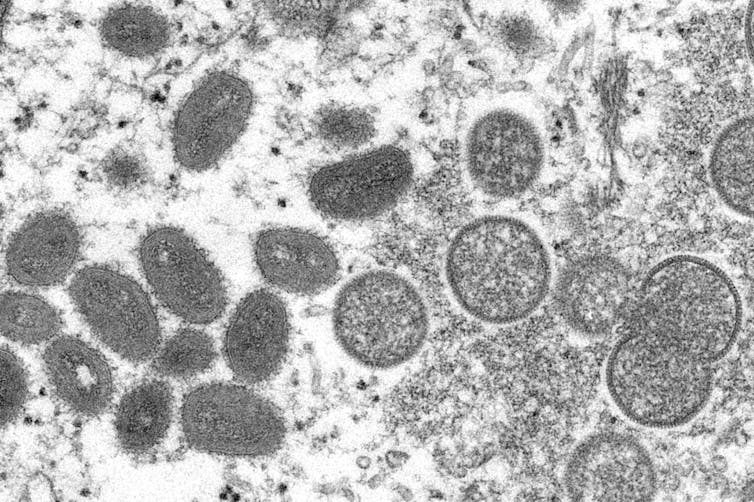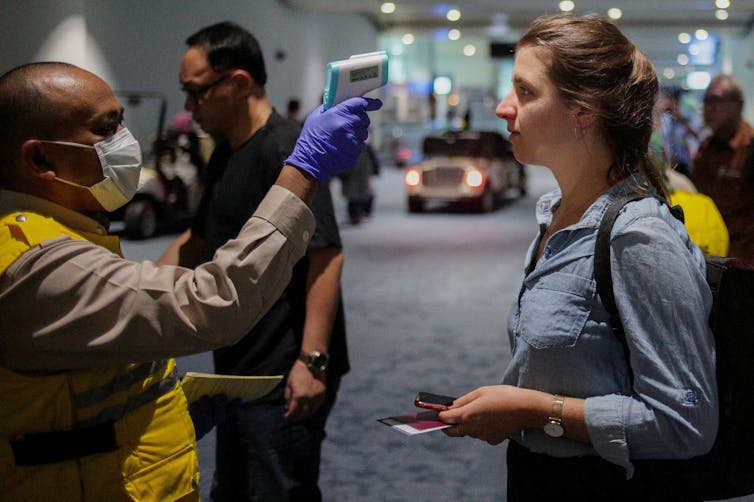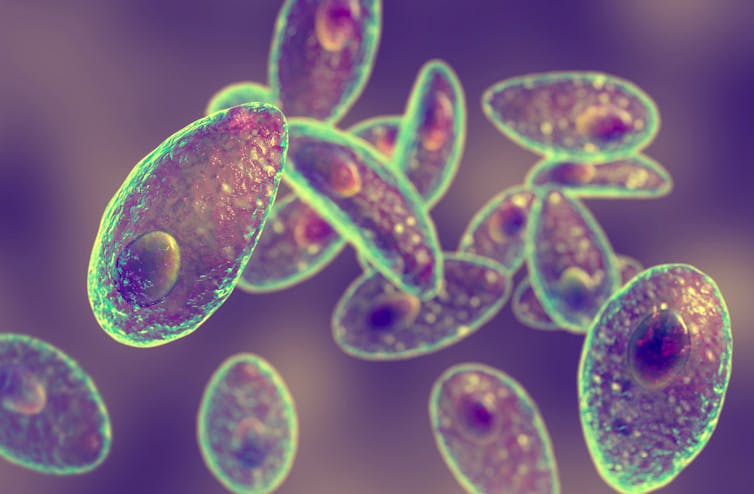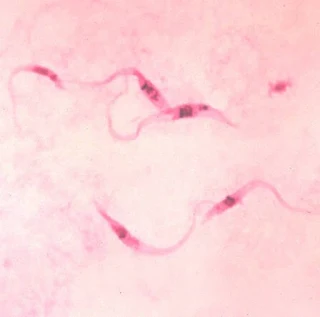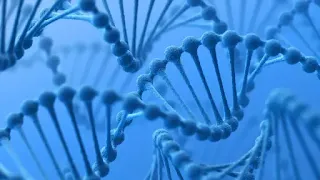
a, tRNA structure showing selected ribose and nucleobase modifications. The 3′-amino acid-acylated adenosine is located at the CCA 3′ end in contemporary tRNAs. 5-Methylaminomethyl uridine, mnm5U, is found in the wobble position 34. The amino acid-modified carbamoyl adenosine, (m6)aa6A (aa, amino acid), is present at position 37 in certain tRNAs.
b, General RNA–peptide synthesis cycle based on mnm5U and m6aa6A. The structures of oligonucleotides are simplified and only terminal nucleobases are drawn.
It doesn't seem to have dawned on creationists who forlornly claim, despite the daily torrent of evidence to the contrary, that the Theory of Evolution is a theory in crisis. Far from the TOE being a 'theory in crisis', the reality is that it's the childish notion of creationism that's in crisis and which is being increasingly rejected even by religious people as a valid explanation for how life diverged. It's only by creative misrepresentation of the data, or by dismissing it out of hand, that creationist frauds are still able to pull the wool over the eyes of their credulous dupes, to maintain their cult’s superstitions.
One of their mainstays as an 'argument' which they invariably fall back on when confronted with unarguable evidence for evolution by natural selection and other mechanisms, is that none of the mechanisms explain the origin of 'life' itself (abiogenesis, life from non-life'), and without that, evolution would have nothing to work on. It is, of course, irrelevant to the mechanisms by which life diversified once replicators
did get going, but, as usual with childish notions, the relevance of using the false dichotomy fallacy is lost on creationists who lack the critical thinking skills to spot the trick, and few if any of them could define the term 'life' in a scientifically meaningful way, anyway, so assume it means some magic ingredient that separates organic' molecules from inorganic ones. It is one of the last remaining gaps which they insist must contain their god and their belief is that, of all the gaps closed by science,
this will be the one where a god is found. Their ever-shrinking little god has degenerated to the size of this one remaining gap. The magician that magicked 'life' from non-life and made them 'speshul'.
There are, of course, many possible alternative explanations for how a simple replicator could have got going and, indeed, there doesn't even need to be a single explanation since two or more replicators could have got together early on. If the result had given them an advantage over remaining separate, then this symbiosis would have been almost inevitable.
One of the more popular hypotheses amongst biologists is the 'RNA world hypothesis' that says, because RNA is still the functional unit of biological activity and it is simpler than DNA, it probably came first and DNA followed on as an evolved improvement, acting as RNA's data store and so became the functional organ of inheritance of genetic data.
This is the idea currently being expanded by a team at the Ludwig-Maximilians-Universität München, Germany. Their work has just been
published, open access in Nature. They believe they have solved one of the outstanding problems with the theory - how RNA began catalysing the production of chains of amino acids to form peptides and short proteins without the peptides it codes for - a classic chicken and egg conundrum.
Like all chicken and egg conundrums, if this scenario is correct, it turns out that neither of them came first; they both emerged simultaneously and part of a developing complex out of simple pre-existing precursors.
As the Ludwig-Maximilians-Universität news release explains:


